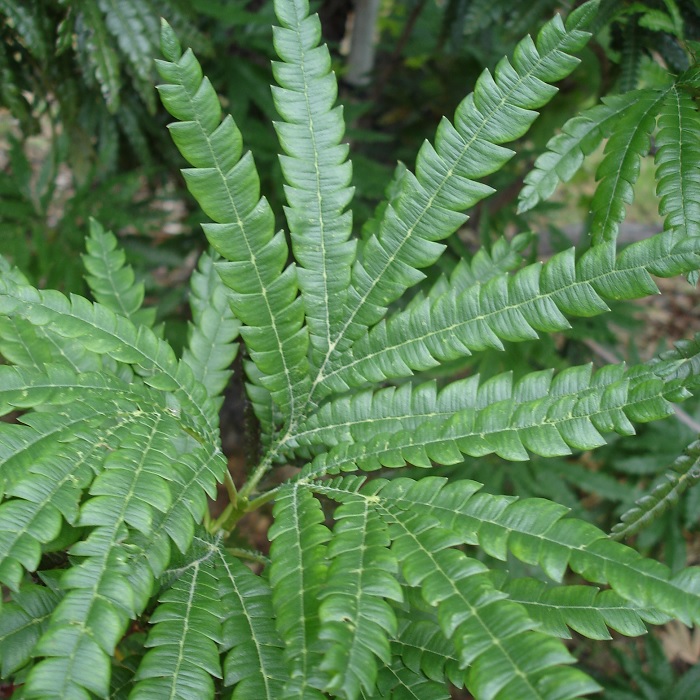UNITED STATES—Native plants should be the most sensible options for local landscapes and home gardens. It seems natural that they would be the most sustainable, since they survive in the wild without watering, soil amendment or fertilizer. Once established in landscapes, they should be satisfied with the moisture they get from annual rainfall. Plants that are not native are considerably more demanding.
However, even native plants are not perfect. Some of the same qualities that help them survive in the wild are not so desirable around the home. To make matters worse, adapting to unnatural landscapes and home gardens can be as difficult for native plants as it would be for many of the common exotic (non-native) plants to adapt to the natural climate and endemic soils without help.
Natives obviously do not need much water. They certainly do not get much in the wild. They are resistant to drought because they disperse their roots so efficiently. The problem with this technique is that it does not work while plants are confined to cans (nursery pots). Once planted, new plants might take a bit of time to disperse their roots enough to survive without supplemental watering.
This might not seem like much of a problem for those who do not mind watering new native plants while they get established. New native plants still use less water than established exotic plants. The difficulty is that too much water can rot roots before they disperse! So, new native plants need to be watered regularly, but also need to not be overwatered! Monitoring them can be a hassle.
It might seem that larger new plants would be more resilient than smaller plants would be, but it is quite the opposite. Smaller plants (such as #1 or 1 gallon) disperse roots more efficiently, so get established sooner than larger plants (such as 5 gallon). Roots contained within small volumes of media (potting soil) are damaged less when planted than roots in larger volumes are. Roots of native plants, although efficient at dispersion, are innately sensitive.
Highlight: Santa Cruz Island ironwood
A few years ago, it was known as Santa Catalina Island ironwood. However, the rare subspecies native to Santa Catalina Island lacks the distinctively angular foliar lobes of the Santa Cruz Island ironwood, Lyonothamnus floribundus ‘aspleniifolius.’ The evergreen compound leaves are about five inches long and four inches wide with three or five narrow leaflets, and look like chicken feet.
Young trees can grow at an impressive rate, but rarely get to 30 feet tall, which is only half as tall as they get in the wild. Most stay rather narrow, and shorter than a two story house. They work nicely in groves, but not as symmetrical groupings. Each tree has a unique personality and form, and some stay smaller than others. The finely shredding bark fades from cinnamon brown to gray.
Six-inch wide trusses of tiny white flowers bloom late in spring or early in summer. These circular trusses are flattened, similar to those of toyon but larger. They fade to brown and can hang among the foliage for years. Older trees bloom more than vigorous young trees do. Deteriorating older trees can be cut to the ground and allowed to regenerate with fresh new growth from their stumps.






